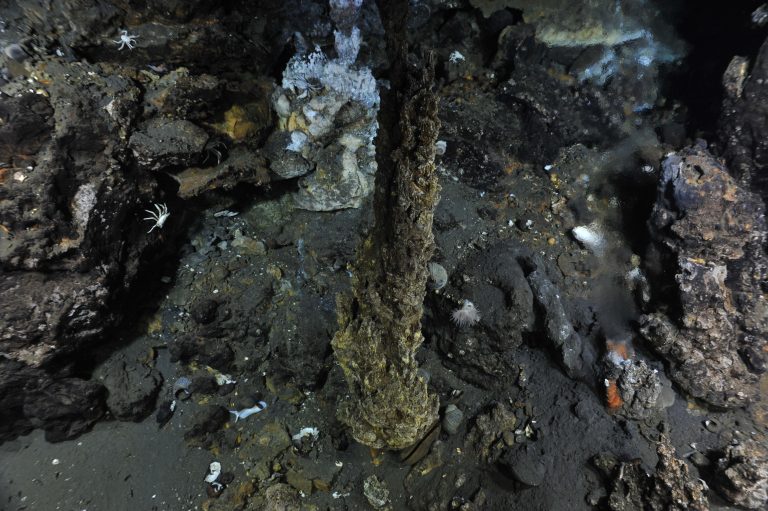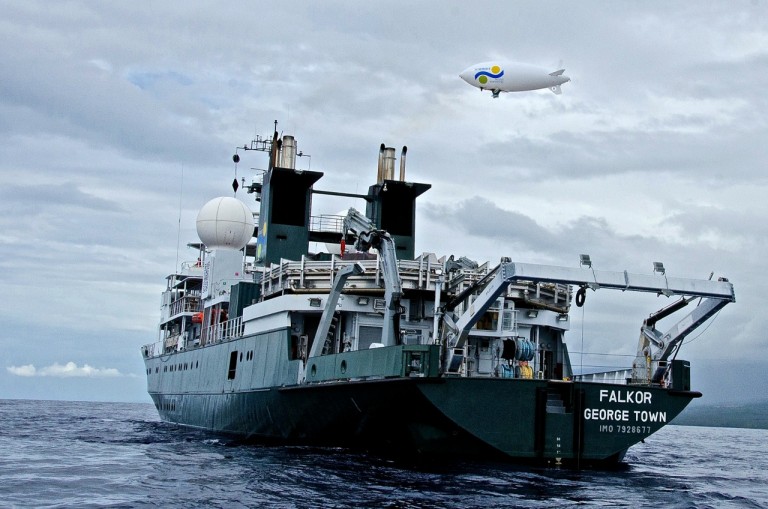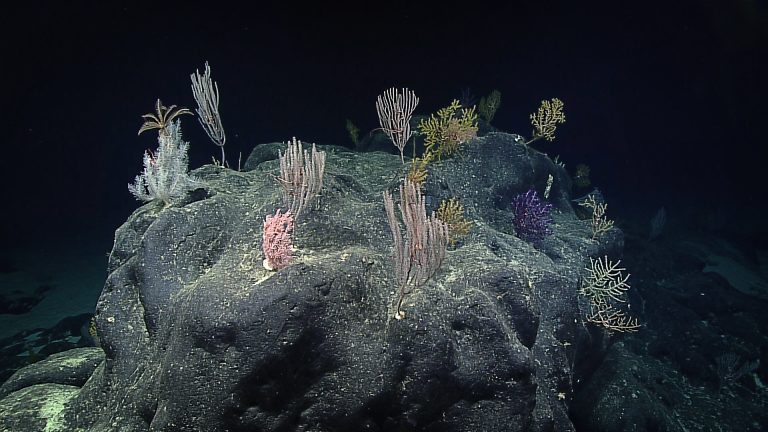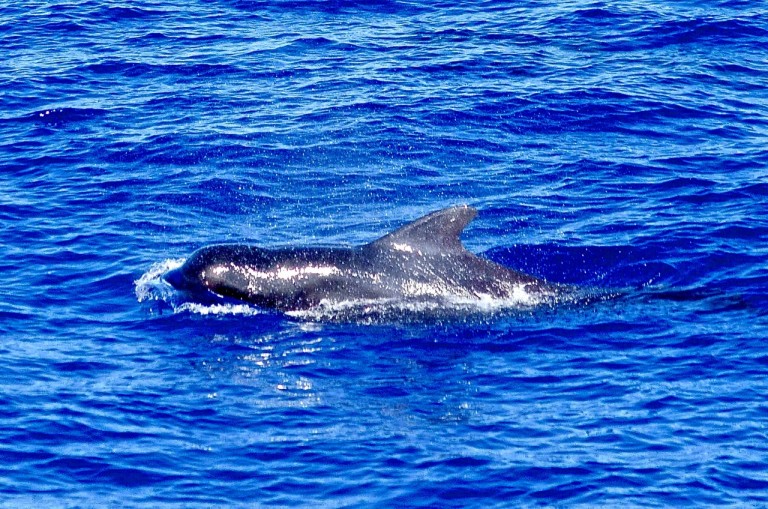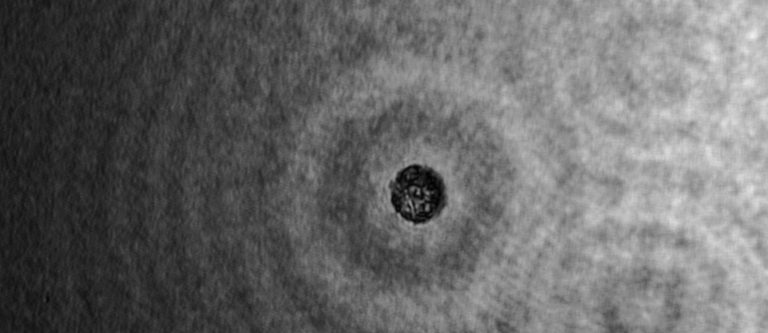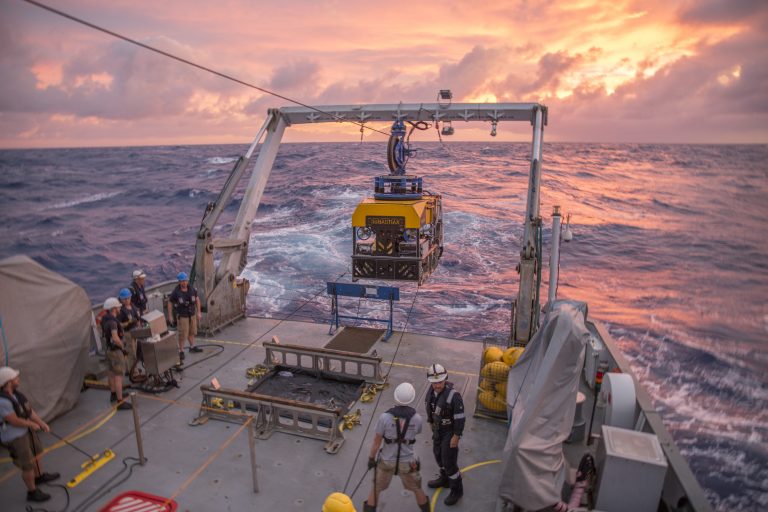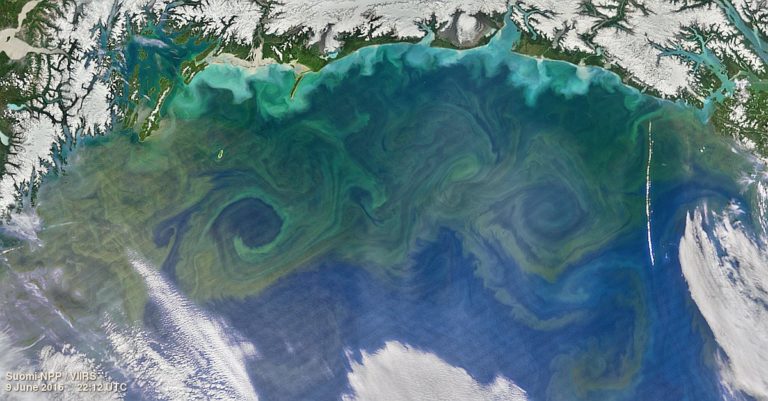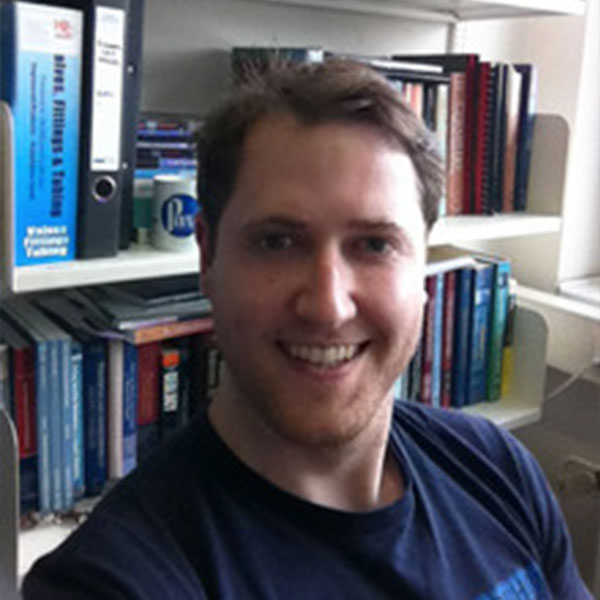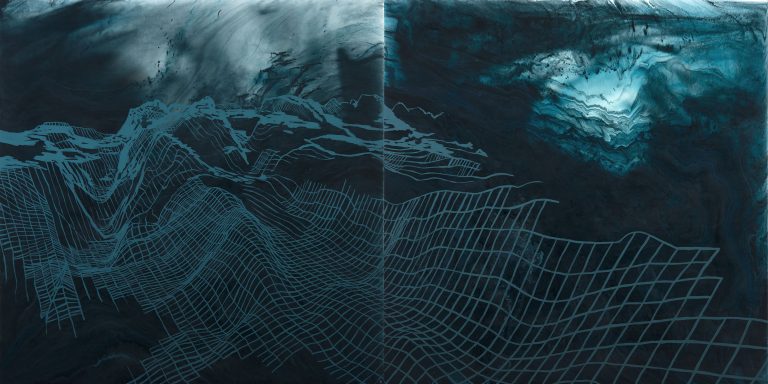Cruise: Underwater Fire: Studying the Submarine Volcanoes of Tonga
Aboard R/V Falkor, Dr. Ken Rubin and his research team will visit one of the most active underwater volcano sites in the world, the Meta Volcano group. There they will work to obtain a detailed geological understanding of up to 12 different submarine volcanoes, attempting to do this across a suite of volcanos for the very first time.
